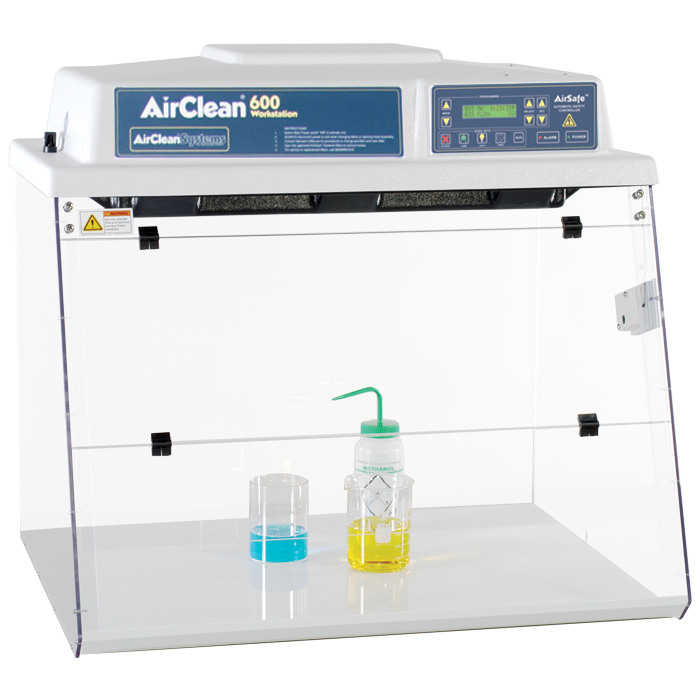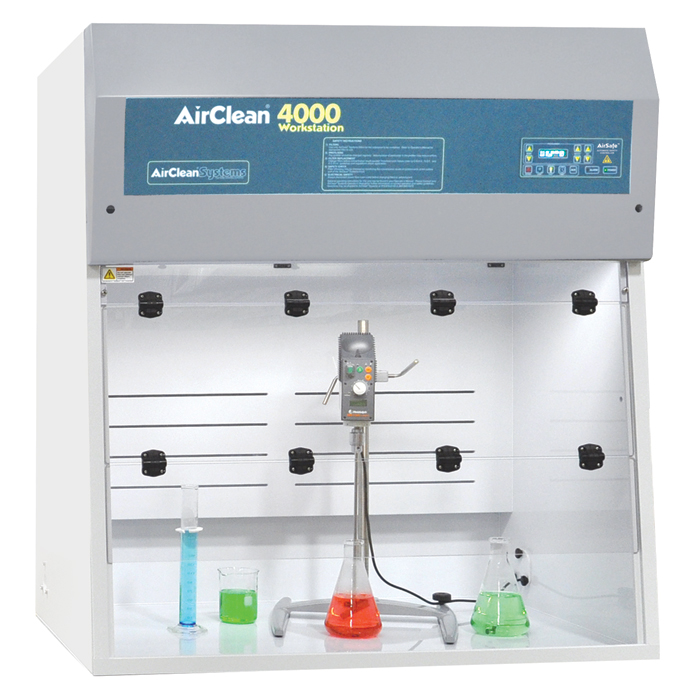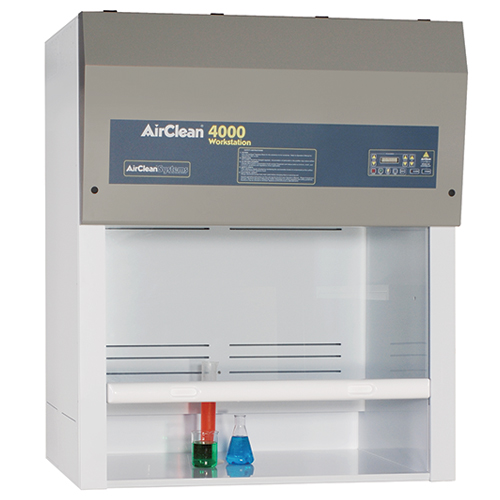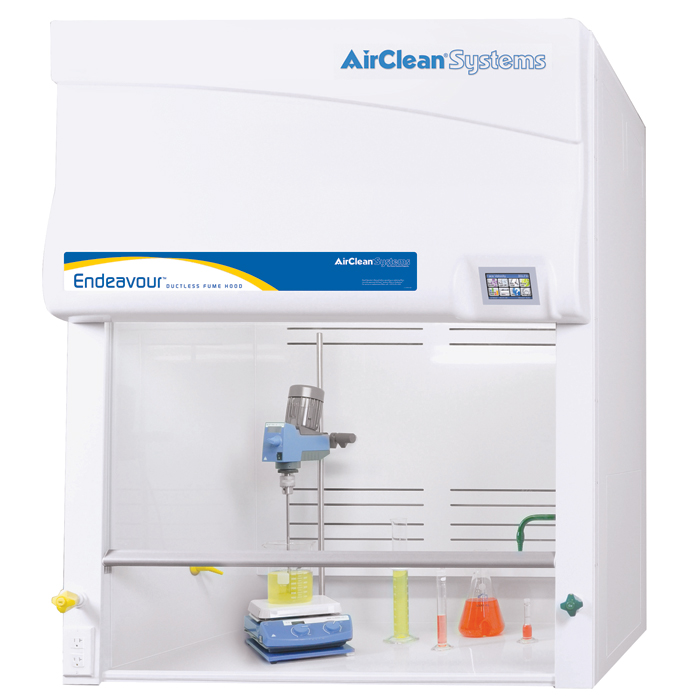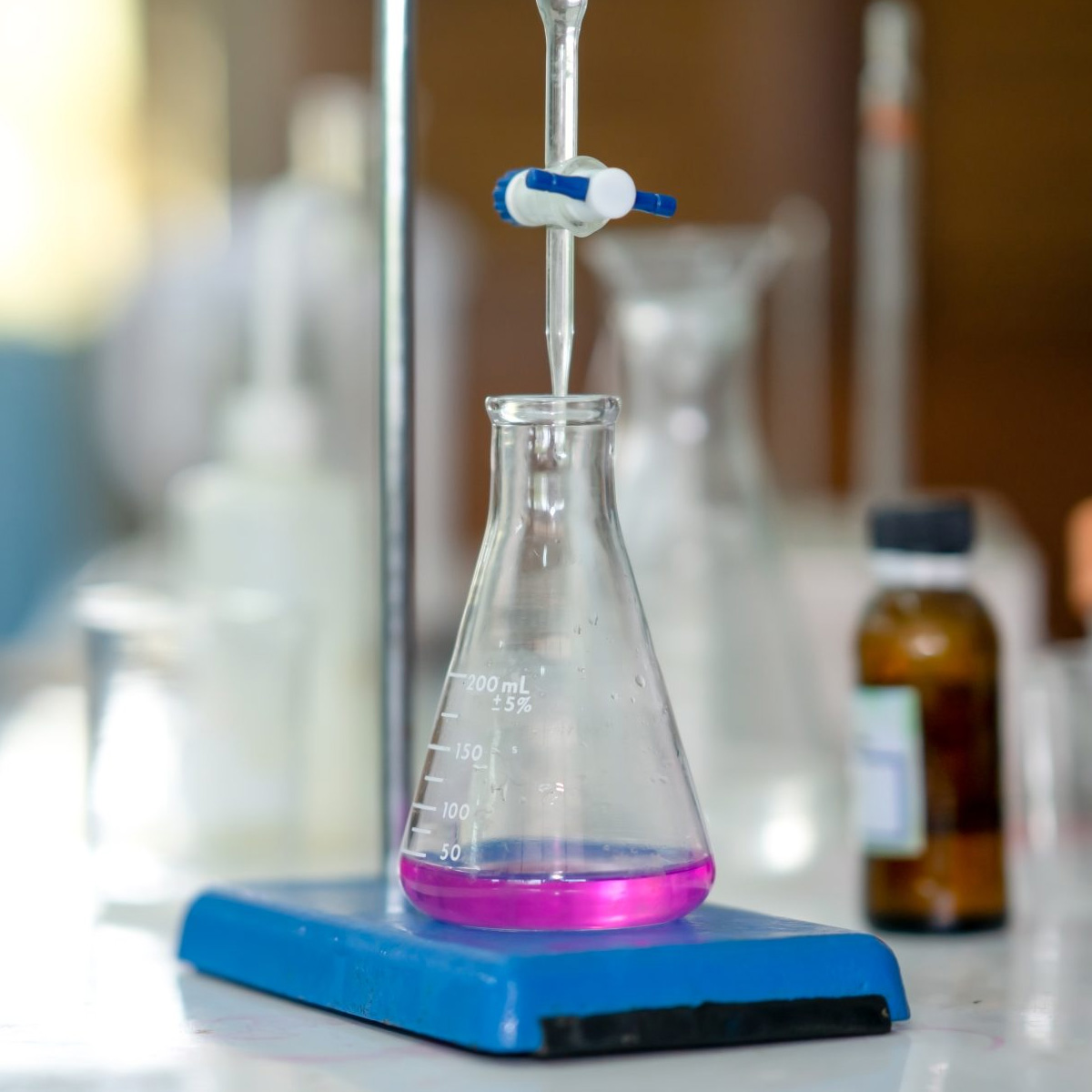
The Many Types of Titration
What is a titration and how does it work?
A titration is a method used to determine the quantity of a substance or analyte within a sample by adding incremental volumes of a standardized reagent (the titrant). The titrant reacts with the analyte in the sample and is continuously added to the sample until the equivalence point is reached or the point where the amount of analyte is equivalent to the titrant. For some titrations, additional titrant is needed to reach the titration endpoint. The endpoint signifies the end of a titration and is generally marked by a change in some property of the sample-titrant solution such as color, pH, or other electrical properties. The amount of analyte in the sample can then be calculated based upon the amount of titrant that was added to the sample.
Types of titrations and titration examples
There are thousands of different titrations methods to quantify multiple analytes in a variety of sample types; making the application for titrations extensive. Titrations are used for agriculture, pharmaceuticals, cosmetics, foods, mining, and manufacturing as well as in academic, industry, and educational chemistry labs. Broadly, titrations can be split into four main categories based upon the reaction that occurs between the analyte and titrant.
- Acid-base titrations involve reactions between acids and bases. These types of titrations are common for measuring the acid content of foods such as honey, milk, wine, and ketchup.
- Redox titrations, chemical reduction of the titrant or analyte can be used to look at the quantity of some metals. Quantification of chromium in electroplating baths used to metal coat objects, relies on reduction by the titrant potassium iodide to create iodine. The generated iodine is then quantified using titration with sodium thiosulfate. One of the most common types of redox titrations is the Karl Fischer titration, which measure the amount of water in a sample. Water can be extracted from a sample using methanol and then titrated by iodine, pyridine, and sulfur dioxide. Quantification of the moisture content in raw materials and/or finished products is required by United States Pharmacopeia (USP), International Organization for Standardization (ISO), and American Society for Testing and Materials (ASTM) standards as well as Food and Drug Administration (FDA) regulations. Therefore, the Karl Fischer titration is used extensively for quality control in manufacturing of pharmaceutical and food products, plastics, rubber and petroleum products, detergents and many other consumer goods. Given its broad utility, the Karl Fischer titration method has been largely automated for efficiency in manufacturing procedures.
- Precipitation titrations precipitate the analyte from a sample and can be used to measure the sodium chloride concentration in food.
- Complexometric titrations use a titrant that reacts with the analyte to form a complex. The addition of the titrant, EDTA, to water, milk, cheese, or cement samples complexes with magnesium and/or calcium ions to measure their quantity in the sample. The levels of magnesium and calcium ions in water is referred to as total water hardness.
Hazards associated with Titrations
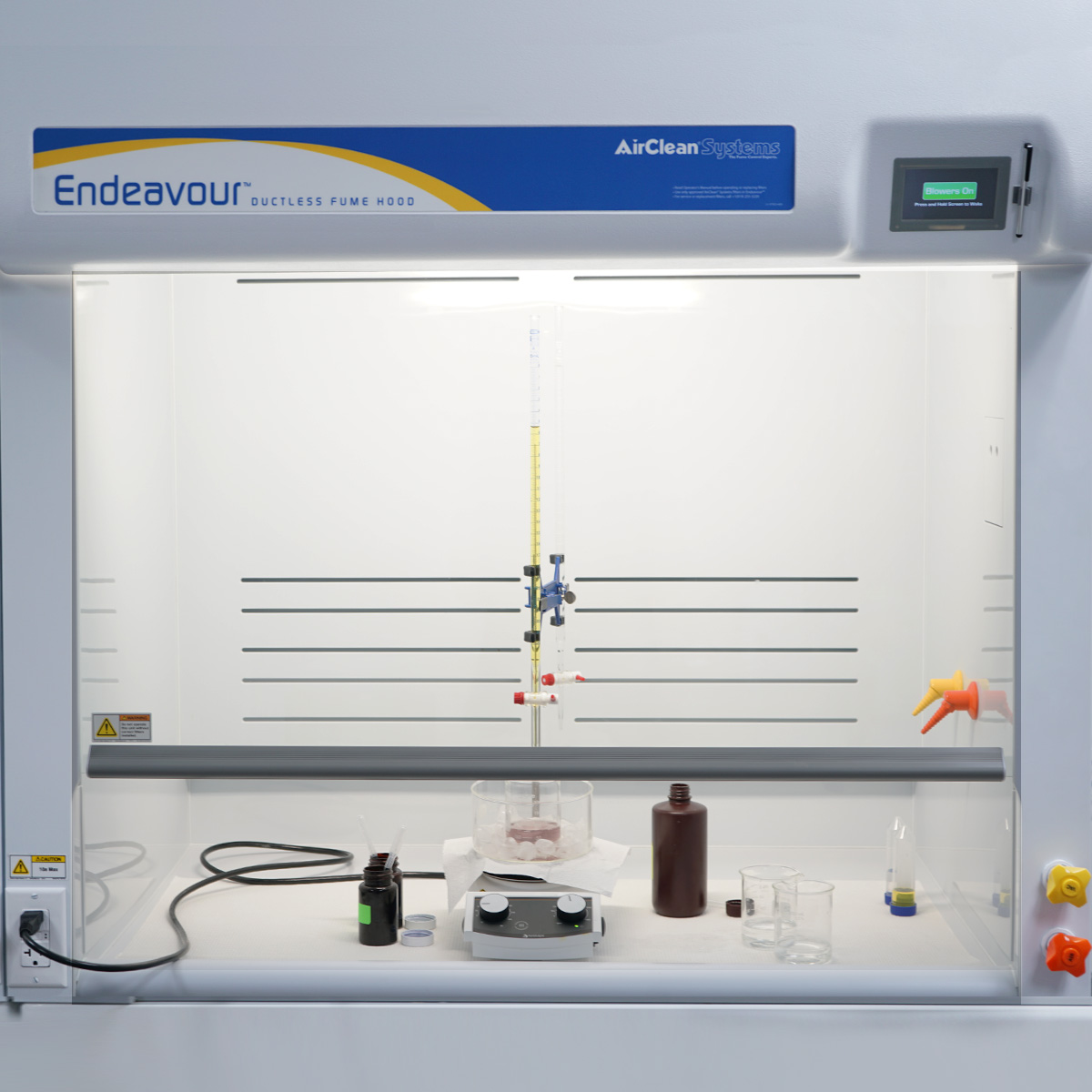 Titrations are an incredibly useful tool across many industries. However, some titrations present potential safety risks. Given the number of different titration protocols, types of samples, and titrants it would be impossible to list all of the potential hazards associated with titrations. However, the concern associated with titrations is the need to work with hazardous chemicals. Acids and bases present in samples or used as titrants can be corrosive and lead to chemical burns. Silver nitrate, which is used as a titrant to precipitate sodium chloride from food samples is a corrosive, oxidizer that should not be released into the environment. Similarly, the Karl Fisher titrant and solvents are often flammable, cause eye and skin irritation, and the fumes should not be inhaled. Though the Karl Fisher titration has been automated for many applications, there is still risk for chemical exposure, when replacing the reagents within the titrator. Further, many color indicators used to observe colorimetric endpoints are classified as possible carcinogens. The types of reaction products that will form during the titration must also be taken under consideration when evaluating the safety risks of a particular method.
Titrations are an incredibly useful tool across many industries. However, some titrations present potential safety risks. Given the number of different titration protocols, types of samples, and titrants it would be impossible to list all of the potential hazards associated with titrations. However, the concern associated with titrations is the need to work with hazardous chemicals. Acids and bases present in samples or used as titrants can be corrosive and lead to chemical burns. Silver nitrate, which is used as a titrant to precipitate sodium chloride from food samples is a corrosive, oxidizer that should not be released into the environment. Similarly, the Karl Fisher titrant and solvents are often flammable, cause eye and skin irritation, and the fumes should not be inhaled. Though the Karl Fisher titration has been automated for many applications, there is still risk for chemical exposure, when replacing the reagents within the titrator. Further, many color indicators used to observe colorimetric endpoints are classified as possible carcinogens. The types of reaction products that will form during the titration must also be taken under consideration when evaluating the safety risks of a particular method.
Fume hoods can protect you from titration hazards
Operators should always wear the appropriate personal protective equipment and practice good chemical hygiene, when completing titrations. Performing titrations in a fume hood is an easy way to protect yourself and others from hazardous chemical fumes. A ductless fume hood with a horizontal laminar flow is appropriate for most applications. However, operators should always check the chemical compatibility of all hoods with the manufacturer prior to use. The horizontal laminar flow should pull air from near the operator, across the workspace and to the top of the hood. The hood should be fitted with the appropriate carbon filter to capture the fumes generated by the titration chemicals and reaction products. Some applications may also require the use of a high efficiency particulate air (HEPA) filter. After reaching the top of the hood, the contaminated air should pass through the carbon filter prior to being exhausted back into the room. A ducted hood could also be used.
